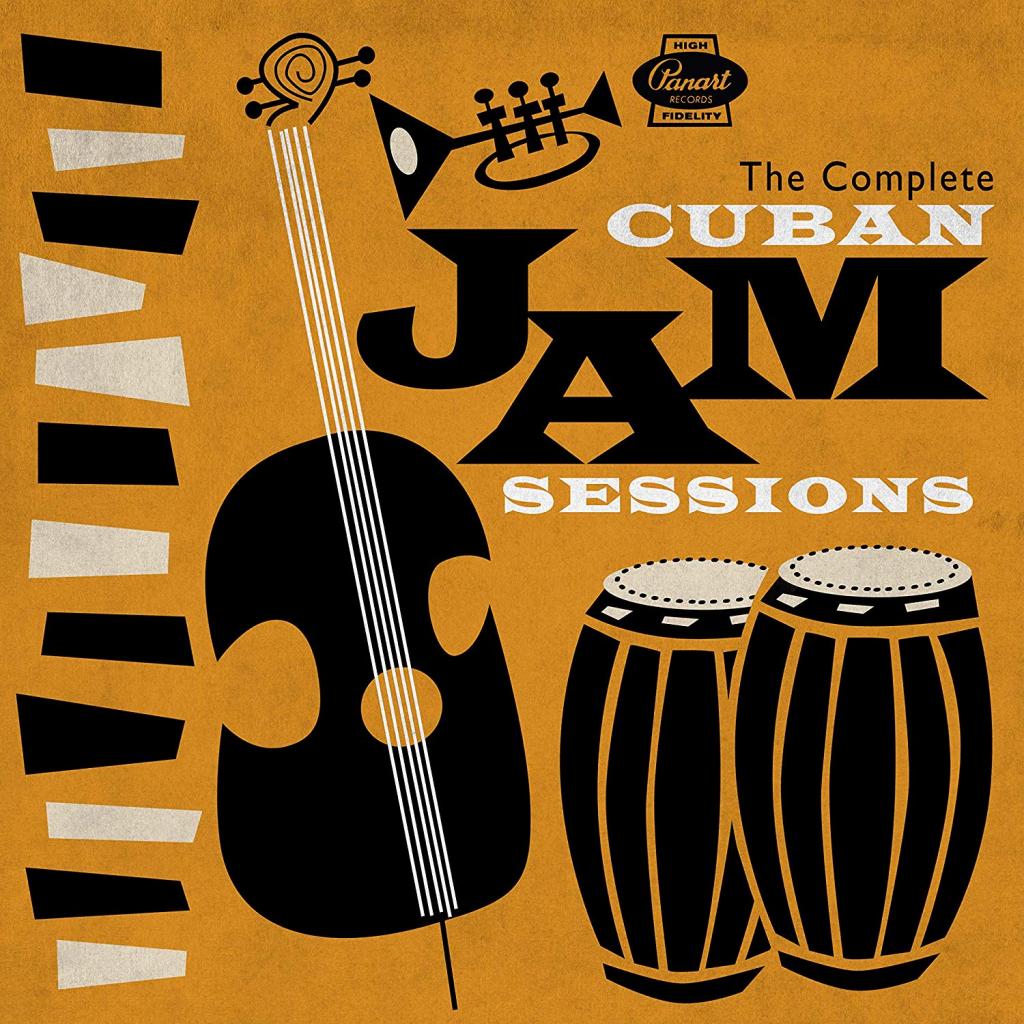‘The Complete Cuban Jam Sessions’ Box Set Offers an In-Depth Look at Cuban Roots

Camila Cabello may have opened the 2019 Grammy Awards with her song called “Havana,” but the theatrical performance featuring rapper Young Thug, singers J Balvin and Ricky Martin, and trumpet player Arturo Sandoval barely scratched the surface of the scope of Cuban music.
Sandoval, a Cuban-American trumpet player, pianist and composer, is one of the most recognized musicians from the island nation. His work touring and performing with Dizzy Gillespie, the Latin jazz group Irakere, the United Nations Orchestra, and more helped him earn the Presidential Medal of Freedom, awarded by President Barack Obama in 2013.
Still, Sandoval’s earliest contributions to Cuban and Cuban-American music came nearly a fully decade after what’s known as the original Cuban jam sessions. Recorded between 1956 and 1964, Cuba’s first independent record label, Panart, released a number of Cuban Jam Session albums. The Complete Cuban Jam Sessions, a five-LP (or five-CD) box set with a staggered release throughout the 2018 holiday season, features a whopping 35 tracks and offers an in-depth look at the roots of what’s commonly recognized as Cuban music.
Jazz bands began forming in Cuba in the 1920s, and Afro-Cuban jazz — which combines African rhythms like the clave (not to be confused with the percussive claves instrument) and American jazz improvisation — gained popularity in the early 1940s in New York City and Havana. Around the same time, in 1943, engineer Ramón S. Sabat founded Panart in Cuba, eventually recording everything from Celia Cruz to Santería rituals to local jazz. By the late 1950s (and before the Cuban government assumed control), the label became known for curating and distributing the best in Latin music.
The Complete Cuban Jam Sessions includes many different elements of Afro-Cuban music. Like the title suggests, though, these albums focus on the ingenuity of the players’ improvisational skills, and feature long instrumental solo breaks. Volumes 1 and 2 are piano-heavy records that comprise Afro-Caribbean scat singing, rumba, and cha-cha-chá, all recorded during an overnight improv session. Volume 3 blends bebop, which originated in the US, with acoustic guitar work local to the Cuba. The fourth volume is also what’s known as a descarga (an improvised jam session like what yielded the first two LPs), but was later edited to a radio-friendly length; Volume 4 also features tumbao (a bass-heavy rhythm) and mambo. Finally, Volume 5 includes elements of swing, propelled by flautist and bandleader José Fajardo. Each of these different styles contains multitudes of intricacies, but taken together as part of this collection, they offer a rich overview of the roots of Cuban jazz.
For newcomers to this type of music, Volume 4 is an ideal place to start. Dubbed the Cuban Jam Sessions in Miniature, none of the 12 tracks runs more than three and a half minutes, which introduces these rich works in small bites. Led by double bassist Israel “Cachao” López, the tracks are typically uptempo, trumpet-heavy bits, punctuated by no fewer than four types of percussion, yet grounded in his firm, melodic playing. The significance of Cuban Jam Sessions in Miniature has not gone unnoticed, either; the album has been inducted into the Latin Grammy Hall of Fame and included in the National Recording Registry of the US Library of Congress.
In addition to listening to the hours of music included in The Complete Cuban Jam Sessions repeatedly to understand the breadth and depth of the work, the 28-page booklet of liner notes especially helps contextualize everything in the box set. In her opening essay (which is published in English and Spanish), co-producer Judy Cantor-Navas delves into the worlds (and underworlds) of these Cuban jazzers in the ’50s and ’60s. She describes their old haunts, venues, “official” gigs, and after parties in heavily researched, yet colorful prose.
To conclude the notes, she writes, “This box set is dedicated to the pioneering Cuban musicians who got together on those long, hot nights in Havana to make music unlike anything that anyone had ever heard; to those who I have been privileged to meet, and to everyone who has helped me tell their stories. My intention is that your names will not be forgotten. What is certain is that your music will live forever.”
What’s most striking about The Complete Cuban Jam Sessions is just how much music and information is packed into such a compact box set. It will take listeners hours to uncover and understand how much these leading musicians — Gutiérrez and “Peruchín,” Niño Rivera, Cachao, José Fajardo, and so many others — came to influence that era of Cuban music, and even longer to connect their sparks to all other facets of both Cuban and American jazz. Like Cantor-Navas said, their music will indeed resonate forever.




